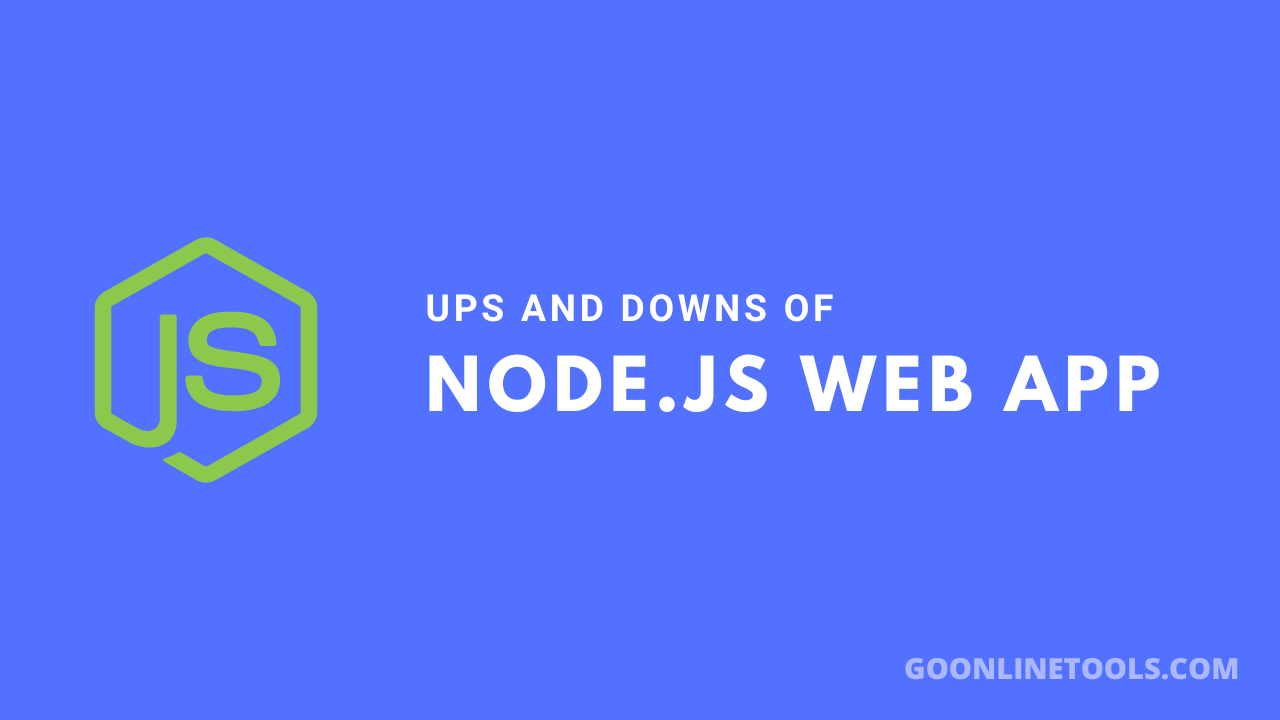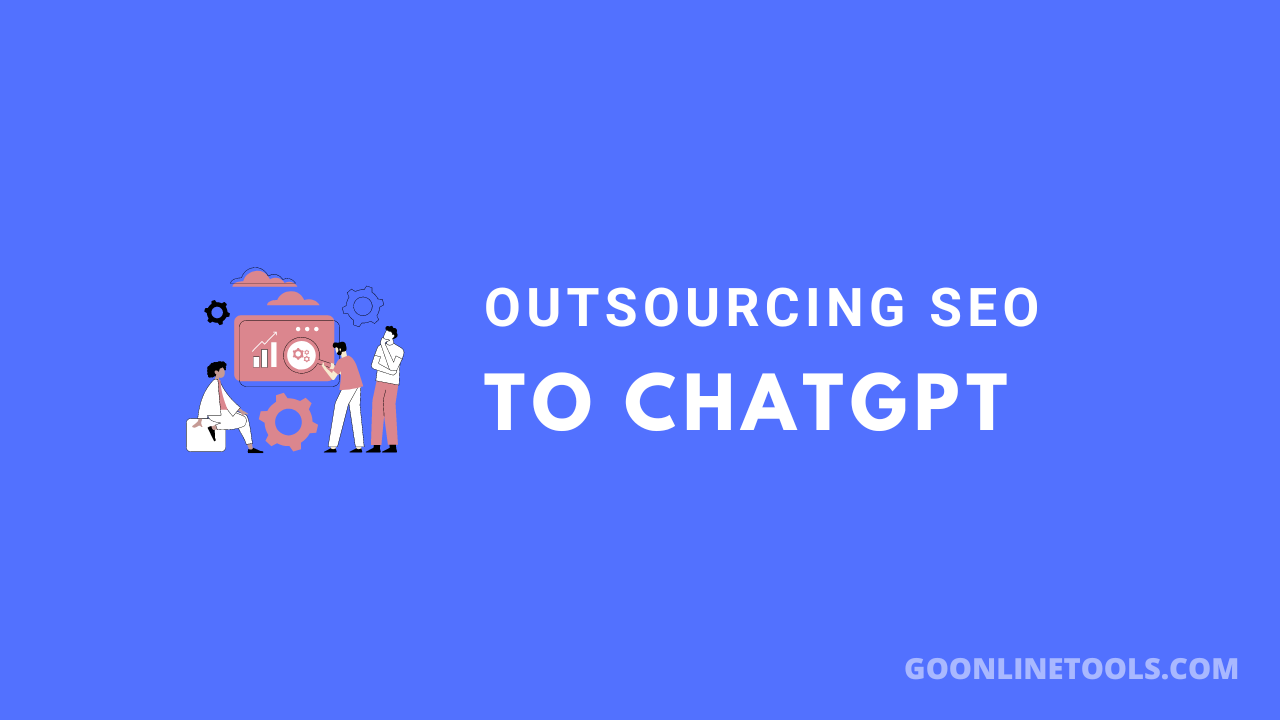
Featured image for "The Ups and Downs of Node.js Web App Development"
Node.js is an open-source runtime environment constructed on Chrome’s V8 JavaScript engine. Conceived in 2009 by Ryan Dahl at the European JSConf, it gained instant acclaim as the most captivating advancement in the JavaScript domain.
Under the patronage of Joyent, a firm known for backing technologies like Ruby on Rails and hosting giants like Twitter and LinkedIn, Node.js blossomed. Notably, LinkedIn was among the first to adopt Node.js for its mobile app backend. Following suit were tech stalwarts like Uber, eBay, Walmart, and Netflix. Yet, it was only around 2017 that the broader adoption of this technology truly began.
Node.js isn’t a framework. Instead, it’s a runtime environment that interfaces with the operating system, executing code based on the V8 engine originally crafted for Chrome. Its capacity to run server-side JavaScript through just-in-time compilation is notable. Though some mistakenly label it a framework, it’s distinct in its purpose. Frameworks are tools aiding speedy development, whereas Node.js stands as the base. However, node.js web development services developers have access to many frameworks tailored for Node.js, including Express, Meteor, and Sails.
Node.js: The Highs
Technological Robustness: JavaScript’s dominance paved the way for Node.js to rise as a significant player. Adopted by numerous websites, it offers the merits of full-stack JavaScript development like improved efficiency, code reuse, rapid performance, knowledge-sharing, and access to myriad tools. The outcome? Agile teams and efficient software.
Swift Web-task Processing: Node.js’s speed isn’t folklore. Comparative tests show it excelling in handling concurrent requests, attributable to the V8 engine’s rapid JavaScript-to-machine code compilation, a product of Google’s robust investments.
Scalability via Microservices: Node.js’s lightweight nature makes it apt for microservice architectures—developing applications as a suite of small, distinct services. This modular approach fosters flexibility and scalability.
Expansive Developer Community: In 2023, Node.js emerged as a top pick among web technologies, with a considerable chunk of StackOverflow’s community endorsing it. The standout framework in this realm is Angular https://www.aimprosoft.com/technologies/angular-development/.
Node.js: The Lows
One of Node.js’s most pronounced weaknesses is its inability to efficiently handle tasks that demand significant CPU power. This limitation is rooted in the very design of JavaScript. Originally conceived as a frontend language, JavaScript operates on a single-threaded model. This design choice, while ensuring rapid task execution, particularly in frontend operations where multi-threading isn’t typically essential, becomes a hindrance when it comes to backend tasks that could benefit from concurrent processing.
Limitations with Intensive CPU Tasks: Node.js’s Achilles heel remains its sluggish processing of CPU-intensive tasks. This limitation stems from JavaScript’s design, which, being a frontend language, uses a single thread for swift task execution without requiring threading.
The Callback Conundrum: Node.js’s asynchronous nature leans on callbacks, leading to “callback hell”—a messy, nested structure of callbacks making code harder to comprehend and maintain.
Tooling and Dependency Concerns: While core Node.js modules are stable, numerous tools in the npm registry are either inadequately documented or of questionable quality. The registry’s structure lacks a comprehensive rating system, making it tough for developers to pinpoint top-tier tools.
In conclusion, while Node.js presents promising capabilities, understanding its constraints is crucial for leveraging its full potential.
The Editorial Team at GoOnlineTools.com specializes in delivering cutting-edge information on technology.
View all articles




